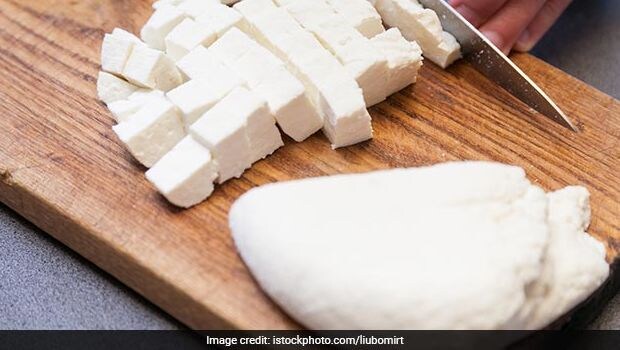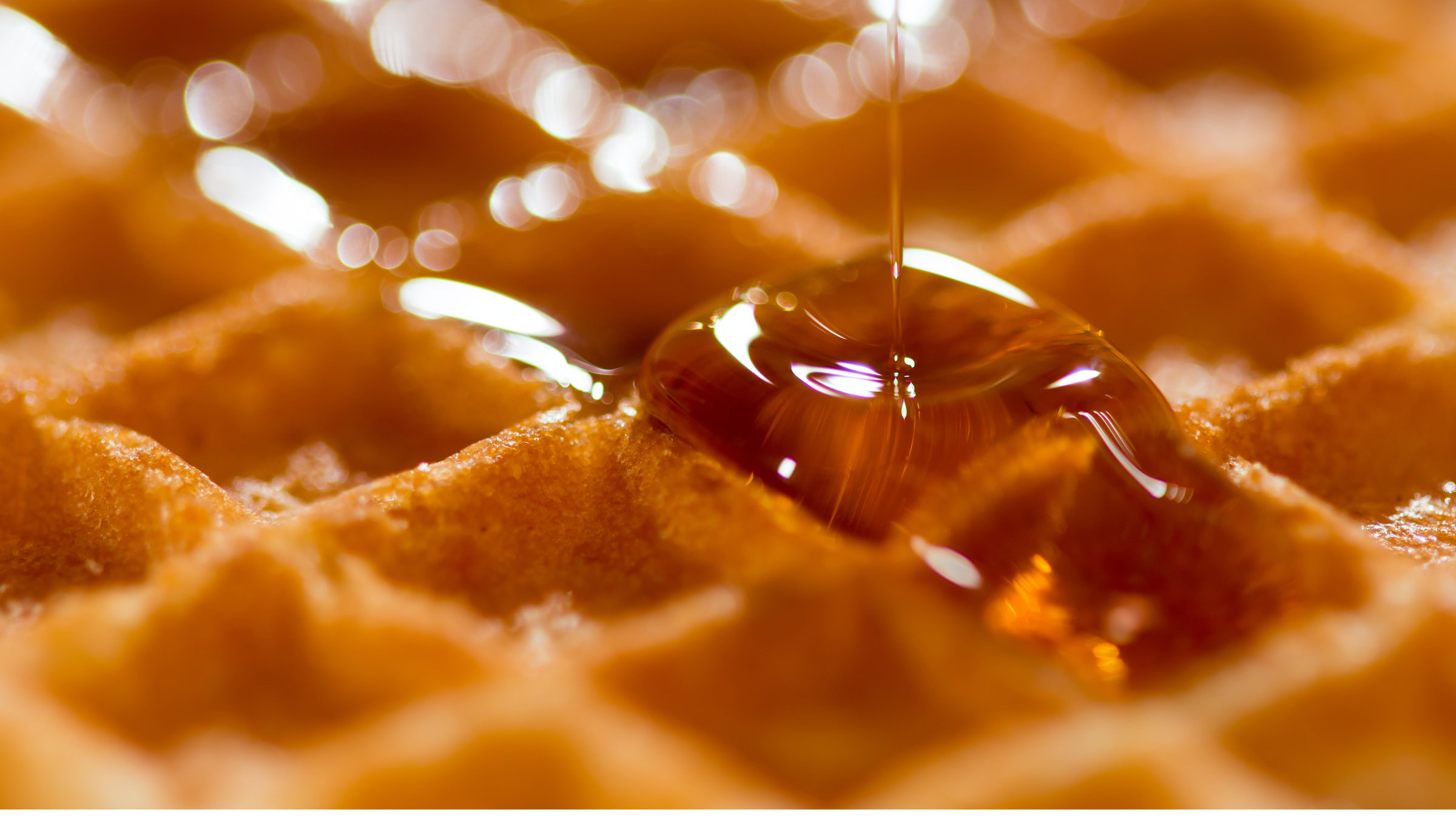Zomato is under scrutiny after a Gurugram resident accused the company of selling “fake paneer” through its B2B platform, Zomato Hyperpure. Meanwhile, in Noida, the Food Safety and Standards Authority of India (FSSAI) found that 47 out of 168 food items—including many varieties of paneer—tested positive for contamination. As authorities step up efforts to prevent fake paneer from reaching consumers, you can take matters into your own hands with a few easy tests to check for purity. This controversy has sparked a nationwide conversation about food authenticity and consumer rights, especially around “Analogue Paneer”—a cheaper, synthetic version of paneer used in popular dishes like tikka and gravy. But what is really in it, and why should you be concerned?
What is Analogue Paneer?
Analogue paneer, also known as synthetic or fake paneer, is designed to mimic the look and taste of traditional paneer, a beloved staple in Indian cuisine known for its versatility and nutritional benefits. Authentic paneer is made by curdling fresh milk with vinegar or lemon juice, which results in a protein- and calcium-rich product. In contrast, analogue paneer is typically made from milk powder mixed with water, curdled with lime juice or acetic acid, and often contains palm oil to achieve a creamy, glossy texture. To lower costs, it may also include cheaper vegetable oils, starches, and various additives, making it nutritionally inferior to real paneer.
While analogue paneer is a more affordable option—often half the price of authentic paneer—it comes with a significant trade-off in nutritional quality. Typically, it contains less protein and more unhealthy fats, making it a less desirable choice for health-conscious consumers.
Health Risks of Analogue Paneer
The health risks associated with consuming analogue paneer are concerning. Many versions of synthetic paneer contain hydrogenated oils, which are rich in trans fats. These fats are known to increase cholesterol levels and significantly raise the risk of heart disease. Nutritionists also warn that regular consumption of trans fats can lead to other chronic health issues, such as insulin resistance and digestive problems.
Beyond cardiovascular risks, many consumers report digestive discomfort after eating dishes made with analogue paneer, including bloating, nausea, and diarrhoea. These symptoms raise serious concerns about food safety and the potential long-term effects of consuming such products. Experts, including nutritionist Sharma, warn that eating synthetic paneer can lead to upset stomachs, vomiting, and nausea and that prolonged consumption may even affect liver and kidney function, posing additional health risks.
How to Identify Fake Paneer: Simple Tests You Can Try
With food adulteration becoming increasingly common, it’s crucial to know how to identify genuine paneer from synthetic versions. Here are some simple tests you can use at home:
- Texture and Smell: Real paneer has a firm, slightly crumbly texture and a mild, milky aroma. Fake paneer, however, may feel rubbery or unnaturally smooth and could lack any distinct smell.
- Appearance Test: Authentic paneer should be white or off-white with a smooth texture. Irregular colour or texture may indicate impurities or additives.
- Cooking Behavior: Real paneer holds its shape and may brown slightly when cooked. Synthetic paneer often crumbles or melts excessively under heat.
- Ingredient List: Always check the label. Real paneer should list only milk and an acid (like vinegar). If the label includes vegetable oils, emulsifiers, or additives, it’s likely synthetic.
- Iodine Test: Boil a piece of paneer and add a few drops of iodine tincture. If the paneer turns blue, it contains starch and is synthetic.

- Toor Dal Test: After boiling, add a pinch of Toor dal powder to the water. If the water turns light red after 10 minutes, the paneer is likely contaminated.
- Solubility Test: Drop a piece of paneer in water. Real paneer will sink and remain intact, while synthetic paneer may dissolve or disintegrate.
- Heating Test: Heat a piece of paneer in a dry pan. Authentic paneer will release moisture but maintain their shape, while fake paneer might melt too quickly or release excessive water.
These easy tests can help ensure that the paneer you buy is genuine, safe, and free from harmful additives.
Official Statements on the Controversy
The ongoing debate over analogue paneer has raised questions about labelling and consumer rights. Critics argue that selling synthetic paneer without proper disclosure is misleading, similar to marketing gold-plated jewellery as real gold. Authorities have confirmed that selling analogue paneer is legal, but it must be clearly labelled to ensure consumers are not deceived into thinking they are buying traditional paneer.
Conclusion: Why Authenticity Matters
The rise of analogue paneer highlights important issues surrounding food safety, health, and consumer rights in India. As the demand for affordable food options grows, transparency in labelling becomes even more crucial. Whether you’re a paneer lover or simply seeking nutritious food, knowing what’s in your food is essential for making informed choices. Advocating for better labelling practices and opting for high-quality, authentic paneer can help ensure that your meals are both safe and true to tradition.
 Food Manifest
Food Manifest 
















